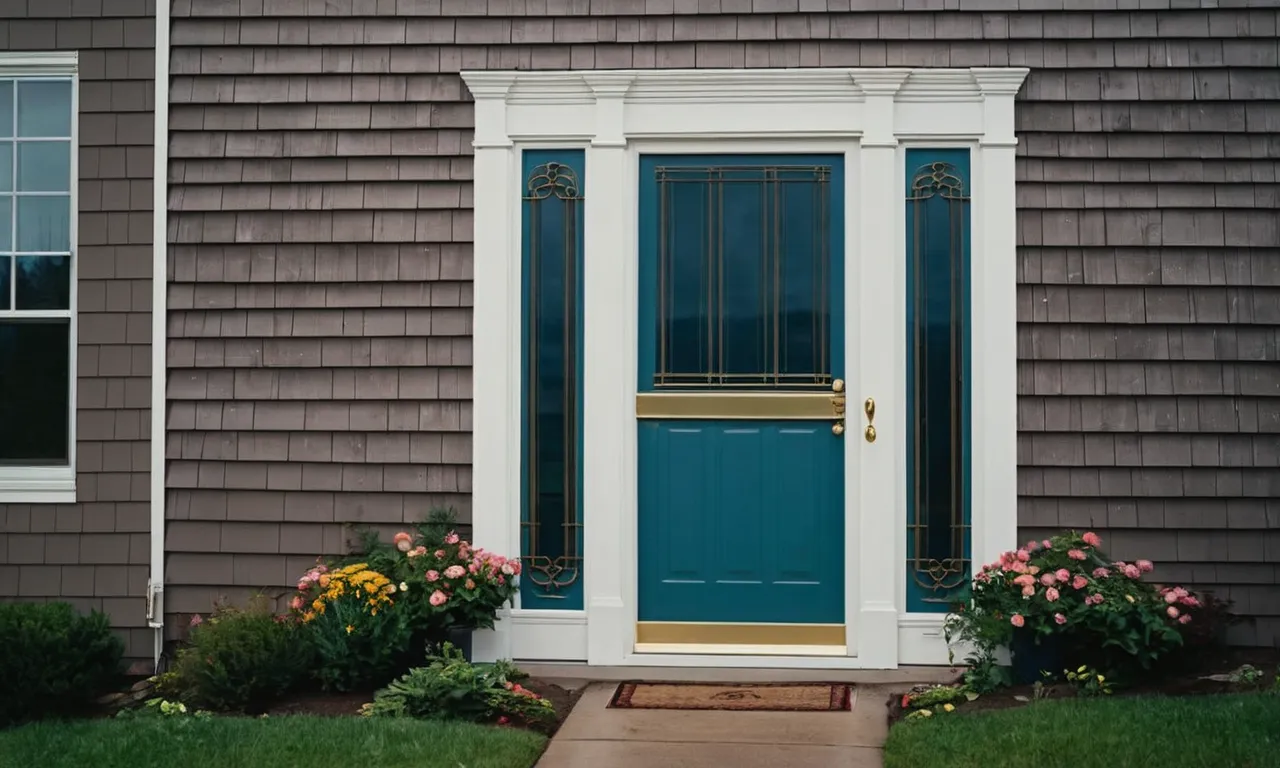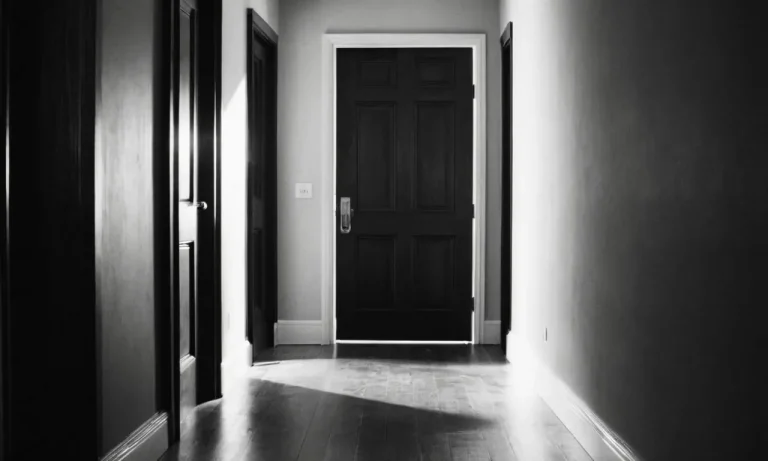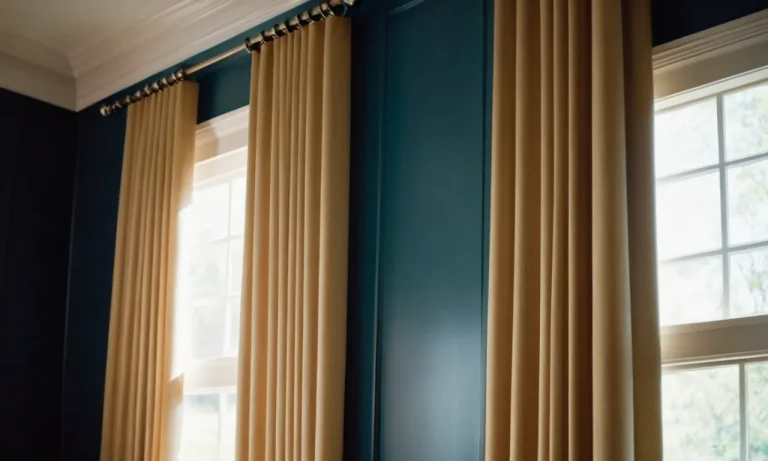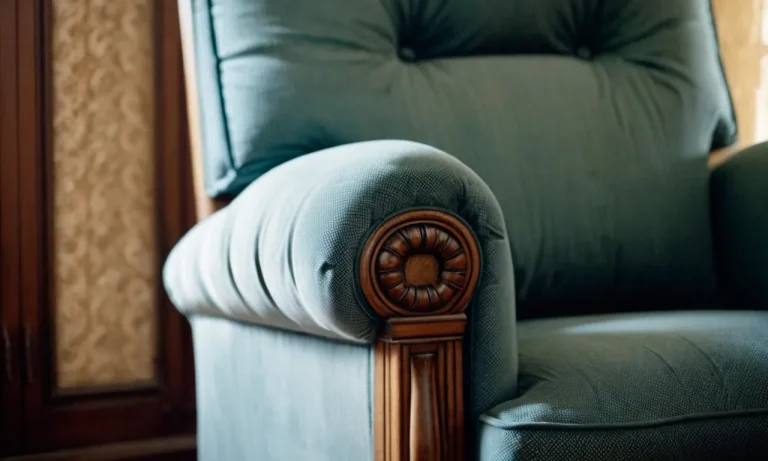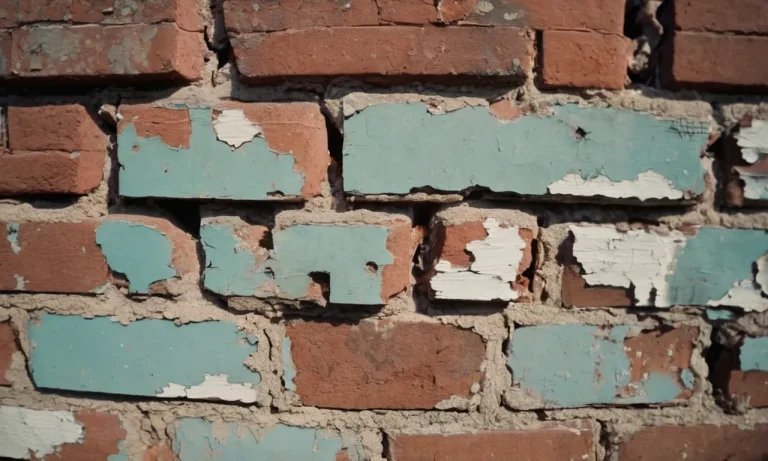Why Is It Called A Storm Door? The History And Purpose Of Storm Doors
If you’ve ever wondered why that secondary screen or glass door is called a “storm door,” you’re not alone. Storm doors have been around for over a century, but many homeowners use them without really knowing the origins of the name or understanding their intended purpose.
In short: Storm doors are called that because they help protect your home’s main entry door from stormy weather conditions like rain, wind, snow, and debris. But there’s a lot more to their history and functionality than just that simple explanation.
In this comprehensive article, we’ll explore the full story behind storm door naming and design. We’ll look at early examples, how they evolved over time, their varied uses and types, and dive into the nitty gritty on how storm doors work to shield your home.
The Origins: Where Did the Name “Storm Door” Come From?
The term “storm door” originated from the purpose it serves – protecting the main entry door from harsh weather conditions. Let’s delve into the history of storm doors and how they evolved over time.
Early Door Designs and the Rise of Screen Doors
In the early days, doors were primarily made of wood and lacked the protective features we see in modern storm doors. As homes became more advanced, homeowners sought ways to better insulate their entryways.
This led to the development of screen doors, which allowed ventilation while keeping bugs and debris out.
The invention of screen doors brought about a new level of convenience. Homeowners could now enjoy fresh air without worrying about unwanted visitors. However, screen doors still left the main entry door vulnerable to rain, wind, and snow.
As time went on, manufacturers realized the need for additional protection, which led to the introduction of storm doors.
The Addition of Glass Panels and Storm Door Monikers
Initially, storm doors were designed with wooden frames and a single glass panel. The glass provided an extra layer of insulation and protection against the elements. Over time, storm door designs evolved, and multiple glass panels were added for enhanced durability and visibility.
The term “storm door” became popularized when manufacturers began marketing these doors as a defense against inclement weather. Homeowners saw the value in having a door that could withstand storms, hence the name “storm door” stuck.
Today, storm doors come in various materials, including aluminum, vinyl, and fiberglass. They are designed to protect the main entry door from harsh weather conditions, improve energy efficiency, and enhance the overall security of the home.
For more information on the history and purpose of storm doors, you can visit HGTV’s article on storm doors.
What Purpose Does a Storm Door Serve?
Storm doors are an essential addition to any home, offering a range of benefits that go beyond their simple appearance. Let’s explore the various purposes that a storm door serves:
Protecting Interior Doors from Weather Damage
One of the primary purposes of a storm door is to shield your interior doors from the harsh elements of nature. Whether it’s heavy rain, snow, or strong winds, a storm door acts as a barrier, preventing water, dirt, and debris from directly impacting your main entry door.
This protection helps to prolong the lifespan of your interior doors, saving you money on repairs or replacements in the long run.
Insulation and Energy Efficiency
Storm doors also provide an extra layer of insulation, enhancing the energy efficiency of your home. They act as a buffer against drafts, helping to keep your home warm in the winter and cool in the summer.
This added insulation can result in significant energy savings, reducing your heating and cooling costs. According to the U.S. Department of Energy, storm doors can reduce air leakage by up to 50%, making them an excellent investment for homeowners looking to improve energy efficiency.
Added Security and Pest Control
Another purpose of a storm door is to enhance the security of your home. With a sturdy frame and a lockable mechanism, storm doors provide an additional layer of protection against unwanted intruders. They act as a deterrent, making it harder for burglars to gain access to your home.
Additionally, storm doors can help keep pests like insects and small animals out, ensuring a cleaner and more comfortable living environment.
Aesthetic Curb Appeal
Besides their practical benefits, storm doors also contribute to the overall aesthetic appeal of your home’s exterior. With a wide variety of styles, colors, and designs available, you can choose a storm door that complements your home’s architectural style and enhances its curb appeal.
A well-chosen storm door can make a great first impression on guests and potential buyers, adding value to your property.
The Anatomy of a Storm Door: Key Parts and Materials
Frames: Wood, Aluminum, Vinyl, Fiberglass
A storm door is composed of several key parts and materials, each serving a specific purpose. One of the most important components is the frame, which provides structural support and durability. Storm door frames can be made from different materials, including wood, aluminum, vinyl, and fiberglass.
Wood frames are known for their traditional and elegant look, but they require regular maintenance to prevent rotting and warping. Aluminum frames, on the other hand, are lightweight and resistant to corrosion, making them a popular choice for storm doors.
Vinyl frames are low-maintenance and offer excellent energy efficiency, while fiberglass frames are durable and can mimic the appearance of wood.
Each frame material has its advantages and disadvantages, so it’s important to consider factors such as budget, maintenance requirements, and desired aesthetics when choosing the right frame for your storm door.
Glass, Screens, and Panels
The glass, screens, and panels of a storm door play a crucial role in its functionality and versatility. Most storm doors feature interchangeable glass and screen panels, allowing homeowners to switch between a clear view and ventilation.
This feature is particularly useful during different seasons or weather conditions.
The glass panels can be single or double-glazed, providing insulation and energy efficiency. Some storm doors even offer options for decorative glass panels, adding a touch of elegance to the entryway.
The screens, typically made of durable mesh material, allow fresh air to flow while keeping insects out.
Weatherstripping and Sweeps
Weatherstripping and sweeps are essential components of a storm door that help seal gaps and prevent drafts. Weatherstripping is typically located along the edges of the door and provides a tight seal when the door is closed.
It helps to keep out cold air in the winter and hot air in the summer, improving energy efficiency and reducing utility bills.
Sweeps, also known as bottom expander sweeps, are located at the bottom of the door and provide a barrier against drafts and insects. They are usually made of rubber or vinyl and are designed to create a seal against the threshold when the door is closed.
Hinges and Closers
Hinges and closers are the mechanisms that allow the storm door to open and close smoothly. Hinges are responsible for attaching the door to the frame and ensuring proper alignment. They should be sturdy and durable to withstand frequent use.
Closers, also known as pneumatic or hydraulic closers, control the speed and force with which the door closes. They provide a smooth closing motion and can be adjusted to accommodate different preferences.
Some closers also include a hold-open feature, allowing the door to stay open at a desired position.
Understanding the anatomy of a storm door, including its key parts and materials, can help homeowners make informed decisions when choosing and maintaining their storm doors. By considering factors such as frame material, glass and panel options, weatherstripping, and hinge and closer mechanisms, homeowners can ensure that their storm doors provide the desired functionality, durability, and aesthetic appeal.
Types of Storm Doors and How They Differ
Full-View Storm Doors
One of the most common types of storm doors is the full-view storm door. As the name suggests, these doors feature a large glass panel that covers the entire surface of the door. This allows for maximum visibility and natural light to enter the home.
Full-view storm doors are often chosen for their aesthetic appeal and the ability to showcase the main entry door. They provide an unobstructed view of the outdoors and are perfect for homeowners who want to enjoy the scenery without compromising on security or energy efficiency.
Self-Storing Storm Doors
Self-storing storm doors are a practical and convenient option for homeowners. These doors are designed with a built-in retractable screen and glass panel that can be easily interchanged. During the warmer months, homeowners can slide the glass panel up and lower the screen, allowing fresh air to circulate while keeping insects out.
In colder seasons, the glass panel can be brought down to provide insulation and protect against the elements. The versatility of self-storing storm doors makes them a popular choice as they can adapt to different weather conditions throughout the year.
Interchangeable Screen and Glass Panels
Interchangeable screen and glass panel storm doors are a versatile option that allows homeowners to switch between screens and glass panels as needed. These doors typically come with separate screen and glass inserts that can be easily swapped out.
This feature is especially useful for those who prefer the option of having a screen for ventilation during the warmer months and a glass panel for insulation during the colder months. With interchangeable panels, homeowners have the flexibility to customize their storm doors based on their preferences and the current weather conditions.
When choosing a storm door, it’s important to consider the specific needs and preferences of your home. Whether you prioritize visibility, convenience, or versatility, there is a storm door type that will suit your requirements.
For more information on storm doors and their benefits, you can visit www.homedepot.com or consult with a local home improvement professional.
Important Considerations for Storm Door Selection
Climate Conditions in Your Region
When choosing a storm door, it is important to consider the climate conditions in your region. Storm doors are designed to provide an extra layer of protection against the elements, such as rain, snow, wind, and extreme temperatures.
If you live in an area with harsh weather conditions, you may want to choose a storm door that is specifically built to withstand these conditions. Look for features like reinforced frames, weatherstripping, and a durable finish that can resist fading and corrosion.
According to the National Weather Service, understanding the climate patterns in your region can help you determine the type of storm door that will best suit your needs. For example, if you live in a region with frequent rainstorms, you may want to choose a storm door with a built-in rain gutter system to prevent water from seeping into your home.
Matching Architectural Style and Primary Entry Door
Another important consideration when selecting a storm door is to ensure that it matches the architectural style of your home and complements your primary entry door. Storm doors come in a variety of designs, ranging from traditional to contemporary, and can be customized to match the color and style of your existing door.
By choosing a storm door that blends seamlessly with your home’s aesthetic, you can enhance its overall curb appeal.
It is also important to consider the size and material of your primary entry door when selecting a storm door. Make sure to measure the dimensions of your existing door accurately to ensure a proper fit.
Additionally, consider the material of both doors and choose a storm door that will provide the necessary protection without compromising the functionality of your primary entry door.
Safety Features Like Tempered Glass
Safety should be a top priority when selecting a storm door. Look for features such as tempered glass, which is designed to break into small, granular pieces rather than sharp shards when shattered. This can help prevent injuries in case of accidental breakage.
Additionally, consider options like a multi-point locking system, which provides enhanced security by securing the door at multiple points along the frame.
According to the U.S. Consumer Product Safety Commission, storm doors equipped with safety features like tempered glass can provide an extra layer of protection for your home and loved ones. These features can also serve as a deterrent to potential intruders, making your home less vulnerable to break-ins.
Energy Efficiency Ratings
Energy efficiency is another important factor to consider when selecting a storm door. Look for doors with high energy efficiency ratings, which indicate their ability to prevent drafts and improve insulation.
Features such as weatherstripping, insulated glass, and a tight seal around the door frame can significantly reduce air leakage and help you save on heating and cooling costs.
According to the U.S. Department of Energy, choosing an energy-efficient storm door can result in significant energy savings. In fact, by reducing drafts and improving insulation, an energy-efficient storm door can help lower your energy bills by up to 15%.
Additionally, some storm doors may even qualify for energy efficiency tax credits, providing further financial incentives for choosing a door that is environmentally friendly.
Conclusion
Storm doors have been an important part of home design for over a century. While early wooden screen doors first took on the “storm door” moniker, today’s storm doors have evolved to use various sturdy materials that withstand all types of weather.
By protecting your main entry door and regulating airflow, temperature, and humidity, storm doors offer many benefits beyond just their imposing name. Proper selection and installation are key to maximizing performance and curb appeal.
Next time you pass through your home’s storm door, you can appreciate the engineering and design that goes into this vestibule sentinel. Stay safe and comfortable all seasons long with a quality storm door shielding your home.

